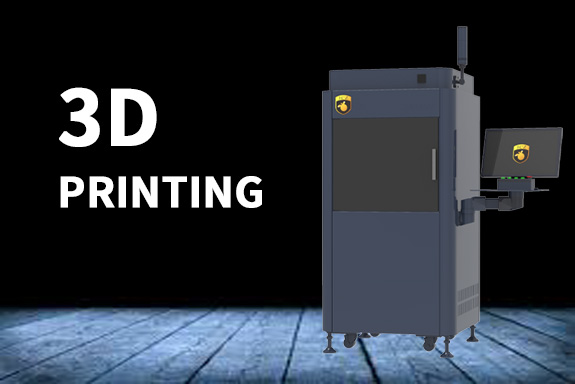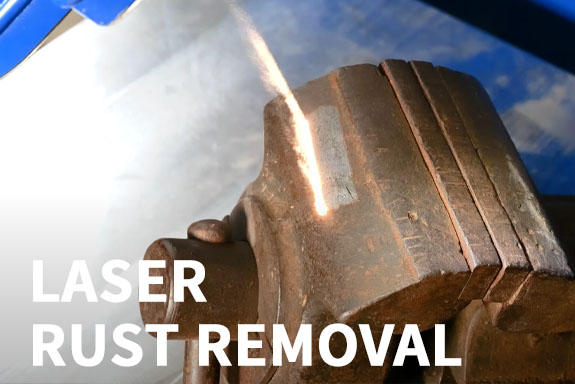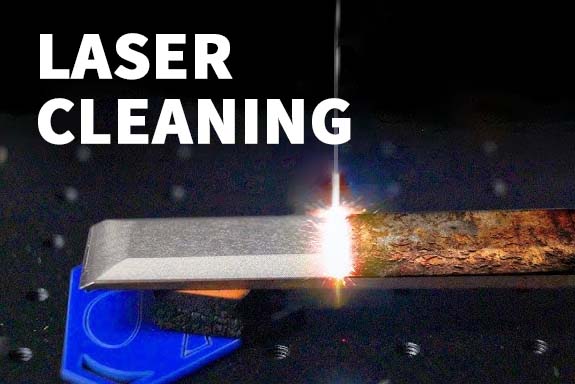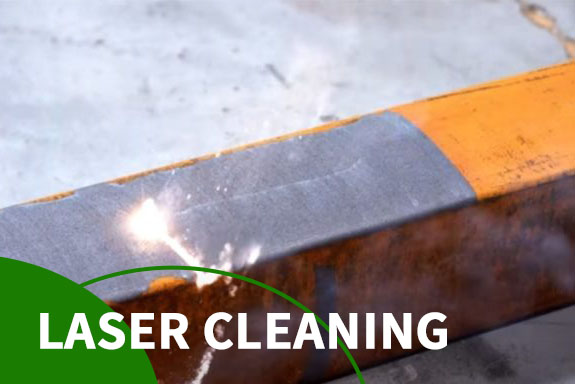Trimmed resistors are essential components in various electronic devices, known for their precision and reliability. This article explores the characteristics of trimmed resistors, the role of laser trimmers in their production, and the differences between thick film and thin film technologies, including thick film hybrid and thick film substrate applications.
What Are Trimmed Resistors?
A trimmed resistor is a type of resistor that has been precisely adjusted to meet specific resistance values. These resistors are often manufactured with a slight excess resistance that is then trimmed down to the desired level using various techniques, including laser trimming. The ability to achieve precise resistance values makes trimmed resistors crucial for applications requiring high accuracy.
The Role of Laser Trimmers
Laser trimmers are employed to adjust the resistance value of trimmed resistors accurately. By using focused laser beams, manufacturers can precisely remove material from the resistor’s surface, reducing its resistance. This method allows for highly accurate adjustments without introducing thermal stress, which is particularly important in maintaining the stability and performance of the resistor.
The use of laser trimmers not only enhances precision but also increases the efficiency of the manufacturing process, making it a preferred choice in the production of high-performance electronic components.
Thick Film vs. Thin Film Resistors
When discussing trimmed resistors, it’s essential to understand the distinction between thick film and thin film resistors.
- Thick film resistors are made by applying a thick layer of resistive material onto a substrate, typically using screen printing techniques. These resistors are known for their robustness and are often used in applications where durability is paramount.
- Thin film resistors, on the other hand, are created by depositing a much thinner layer of resistive material through processes such as sputtering or evaporation. This results in superior precision and stability, making thin film resistors suitable for high-frequency and high-accuracy applications.
Thick Film Hybrid and Substrate Applications
The thick film hybrid technology combines thick film resistors with other components, such as capacitors and inductors, into a single package. This integration can lead to more compact designs and improved performance in electronic circuits.
The thick film substrate serves as the foundation for these resistors, providing mechanical support and thermal conductivity. Common substrates include ceramics and glass, which can withstand high temperatures and environmental stresses, ensuring the reliability of the resistors in various applications.
Conclusion
In conclusion, trimmed resistors play a vital role in the electronics industry, thanks to their precision and adaptability. The advancement of laser trimmers has revolutionized the trimming process, ensuring accurate resistance values while maintaining component integrity. Understanding the differences between thick film and thin film resistors, along with their applications in thick film hybrid and thick film substrate, is essential for selecting the right components for specific electronic needs.
由用户投稿整理稿件发布,不代表本站观点及观点,进行交流学习之用,如涉及版权等问题,请随时联系我们(yangmei@bjjcz.com),我们将在第一时间给予处理。






